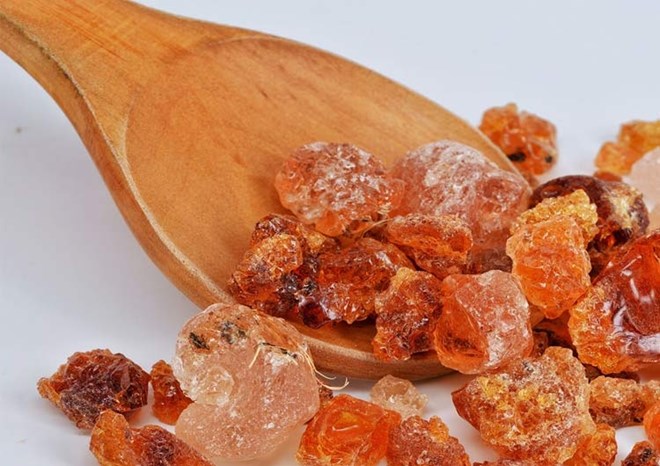
Thursday July 18, 2024

Gum resins from Ethiopia's Somali Region, including frankincense, myrrh, and gum arabic, hold significant economic potential. These natural products are highly valued for their use in various industries, including food, beverages, pharmaceuticals, adhesives, and cosmetics. (Source: startyourindustry.com)
JIGJIGA, Ethiopia (HOL) - A recent study has revealed that Ethiopia's Somali Regional State is rich in valuable gum and resin-producing species, which, if appropriately managed, could significantly boost local economies and promote sustainable development in the Horn of Africa.
A study published in the International Journal of Agricultural Research Innovation & Technology found that the dryland forests of the El-Weyni district are abundant in species-producing gums and resins such as frankincense, myrrh, and gum arabic. These products are highly sought after globally for their use in food, beverages, pharmaceuticals, adhesives, and cosmetics. However, the region's potential remains largely untapped due to a lack of proper management and sustainable utilization strategies.
"Despite their ecological and socio-economic contributions, the lowland dry forests of Ethiopia have largely been neglected," said Abdu Abdelkadir, a lead researcher from the Center for International Forestry Research. "Our study shows that with appropriate restoration measures and sustainable utilization strategies, these forests could significantly enhance local livelihoods and contribute to the national economy."
The study identified thirty-four woody species in the area, with Acacia senegal, Commiphora myrrha, and Boswellia neglecta being the most prominent. It is estimated that the region could produce 18,351.5 tons of oleo-gum resins annually, with 58.5% from Acacia woodlands and 41.5% from mixed woodlands.
Dry forests cover about 42% of tropical and subtropical forest areas globally and are crucial for the livelihoods of millions. However, they face significant deforestation and degradation. Despite their rich biodiversity and economic potential, the Somali Regional State's dry forests are less studied and protected than other forest regions in Ethiopia.
The study's findings are timely, given Ethiopia's ongoing efforts to combat deforestation and promote sustainable land use. The Somali region's dry forests have been overshadowed by more extensively studied montane forests. This research highlights the urgent need for targeted conservation and development initiatives in these dryland areas.
The study calls for immediate action to implement sustainable management practices and restoration efforts to enhance the natural regeneration of these forests. Developing local and international markets for gum and resin products is crucial to ensuring their conservation and sustainable use.
Restoring and sustainably utilizing gum and resin resources in the Somali region could serve as a model for similar efforts across the Horn of Africa, contributing to both ecological conservation and economic development.